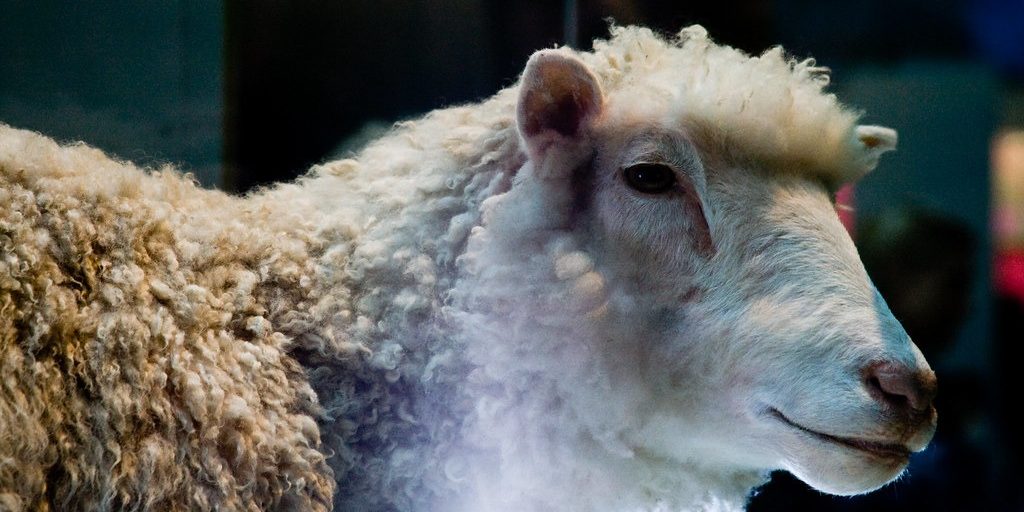De-extinction: How far has it come, and how far will it go?
Woolly mammoth, dodo bird, Tasmanian tiger – these previously extinct animals may soon be roaming their old habitats once again. At least, that’s what scientists are hoping for. Unfortunately, the reality is far less fantastical.
Since Michael Crichton wrote Jurassic Park in 1990, palaeontologists, genetic engineers, and biologists have been fascinated with ‘de-extinction’ – that is, bringing back long-dead species through cloning and genetic engineering.
The fact remains that de-extinction is gaining more and more momentum within scientific discourse
Dolly the sheep is famous for being the first-ever cloned mammal in the world (though not the first cloned animal – that title belongs to the African clawed frogs created by John Gurdon in 1958). Dolly was created in 1997 via nuclear transfer, which involves moving the nucleus from a mature cell to an unfertilised egg cell. She lived a healthy life, bearing several lambs before dying of natural causes. However, this experiment involved a living species, and attempts to resurrect extinct creatures have not been so successful. The same method was tried to revive the Pyrenean ibex, using DNA from the last member of the species and implanting the egg in a surrogate from another subspecies of ibex. Of the 285 embryos implanted, only one goat came to term, but the clone died within minutes of being born.
The high number of failed experiments paints an uncertain picture for the future of de-extinction, and the challenge also poses significant ethical concerns. Animals have been shown to suffer significant trauma after experiencing stillbirths – cats, for example, are known to become lethargic and depressed after losing their kittens.
In addition, if scientists were to successfully resurrect the woolly mammoth, what sort of world would it be born into? As climate breakdown advances, the tundra, where the woolly mammoths would be released, is one of the worst-affected biomes, and it is unknown how scientists would avoid the re-extinction of the species as the tundra drastically warms. Arguably, the time and resources spent on creating specimens of long-dead species could be better used to research green technology, develop carbon capture programmes, and preserve existing species that are increasingly endangered by the climate crisis.
Whatever the ethical debate may be, the fact remains that de-extinction is gaining more and more momentum within scientific discourse. The hunt for the woolly mammoth has progressed in leaps and bounds this year, with scientists successfully genetically engineering their tiny counterpart, the woolly mouse.
Creating a woolly Asian elephant is not the same as creating a new woolly mammoth
Importantly, and contrary to many misleading headlines, no new species of mouse has been created. Instead, mouse embryos have been edited to resemble traits of the mammoth, with blonde, woolly hair, and lipid metabolism better suited to cold environments. However, this is proof of concept for many scientists who hope to recreate this effect with Asian elephant embryos; the mammoth’s closest living relative. By showing, albeit on a small scale, that it is possible to engineer a mammal to obtain reminiscent traits, scientists hope to prove that the same can be done with larger mammals. But that is still a far-off target, and creating a woolly Asian elephant is not the same as creating a new woolly mammoth.
However, even something vaguely resembling the woolly mammoth could spell good news for the tundra they would inhabit. In its heyday, all sorts of megafauna trampled around the tundra, leaving fertilising urine and faeces in their wake, stomping out hoof and footprints in which plants could bloom. Species encouraged significant biodiversity by breaking up the surface of the tundra, with current habitats paling in comparison.
The biodiversity argument is also used by those advocating for repopulating Britain with predators such as wolves, suggesting that this would balance out the presence of herbivores that damage young trees and vegetation through unregulated grazing.
Whatever your point of view, the fact remains that de-extinction is no longer an ‘if,’ but a ‘when.’ Sooner or later, large, woolly beasts are likely to roam the Earth once again. The concern remains of what they may to do that Earth, or if they can survive it.

Comments